RPAS Courses
National Drones Institute is one of Australia’s leading CASA accredited RPAS training providers in Australia.Why train with the National Drones Institute?
We are a fully accredited RPAS training facility offering commercial drone licensing and training.
National Drones Institute forms part of National Drones, an industry leader in the remotely pilot automated system (RPAS) training field. Our extensive background in aviation, our successful and national operation of remotely piloted aircraft systems & aerial software development puts us at the forefront of delivery for both our non-accredited and accredited UAV training programs.
We have extensive experience working with Government and Law Enforcement Agencies, tertiary education facilities, power and utilities organisations, multi-national mining operations and nationwide survey companies to name just a few.
We are passionate about empowering the next generation of students, and giving them the necessary tools and pathways to succeed in the technology field. Our place as one of Australia’s leading UAV specialist organisations, working with some of the biggest companies in Australia, this positions us well to pass on this knowledge to the next generation of students.
We look forward to working with you and your students in this exciting and emerging industry.
Our training services include:
- Comprehensive flight operations training, resulting in CASA issued certification.
- Assistance in obtaining an RPA Operator Certificate (ReOC) through the Civil Aviation Safety Authority (CASA).
- Comprehensive Course Content including a 300-page study guide developed in conjunction with Bob Tait’s Aviation Theory School.
- An Online Learning Management System which is overflowing with resources.
- Real world experience you’ll absorb from practical operation.
- Assistance with data processing and flight planning suited to your individual operation where required.
- Aeronautical Radio Operator Certificate and English Language Proficiency assessment is included in the course at no extra cost – this is a requirement for operations within controlled airspace.
- Ongoing support as a National Drones Alumni.
- Choice of platform with the option to train on both multirotor (small and large) as well as fixed wing systems (small and large) as required.
- All course materials supplied including training drones.
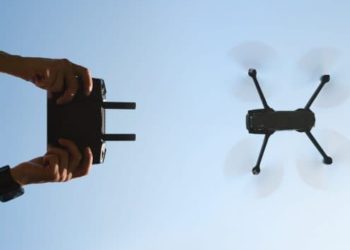
Drone Awareness Course
Fun interactive and educational self paced online course taking you through what you need to know about flying a drone under 2kg.
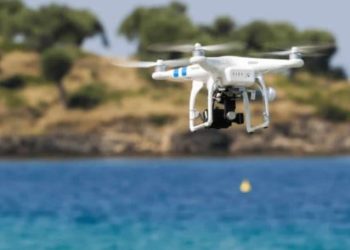
Sub 2kg excluded category
For those looking to upskill and learn about flying drones and data capture in the excluded category including 90 Days of public liability insurance* up to $5m.
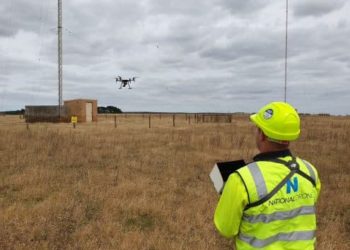
Online RePL Course
For those looking to take the next step and fly drones for a living. This course will enable you to operate a drone over 2kg for commercial purposes.
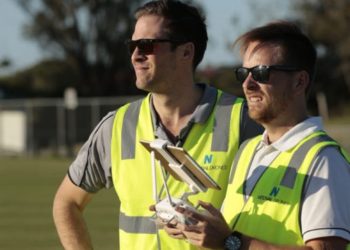
AV130419 Certificate III in Aviation (Remote Pilot)
For students looking to obtain a certification that allows them to work in the drone industry or increased their skillset for complementary industries
What are My Licencing Options?
The licensing requirements to become a CASA certified remote pilot are set out in the Civil Aviation Safety Regulations, specifically CASR 101. There are two methods to obtaining your remote pilot licence (RePL). Ultimately you will end up with the same qualification at the end of your studies; the only difference is the pathway that you choose to take to achieve your licence.
There is some confusion around the terminology used when referring to Drones. In the early stages back in 2002 when Civil Aviation Safety Regulation 101 came into force, CASA was referring to drones as UAV’s which is short for unmanned aerial vehicle. Later it was determined that they should be referred to as unmanned aircraft systems which also encompasses the ground control station and command and control telemetry link. Upon further revision it was decided that these aircraft technically aren’t unmanned, they are remotely piloted. This bought about new terminology once again where drones are now referred to as remotely piloted aircraft, or remotely piloted aircraft systems (RPA or RPAS)
To operate a remotely piloted aircraft or drone which weighs more than 2kg for commercial purposes you are required to have a remote pilot licence or RePL, formally known as a UAV controller certificate. There is also a requirement to be operating under someone who holds a RPA operator’s certificate or you can obtain a RPA operator’s certificate yourself.
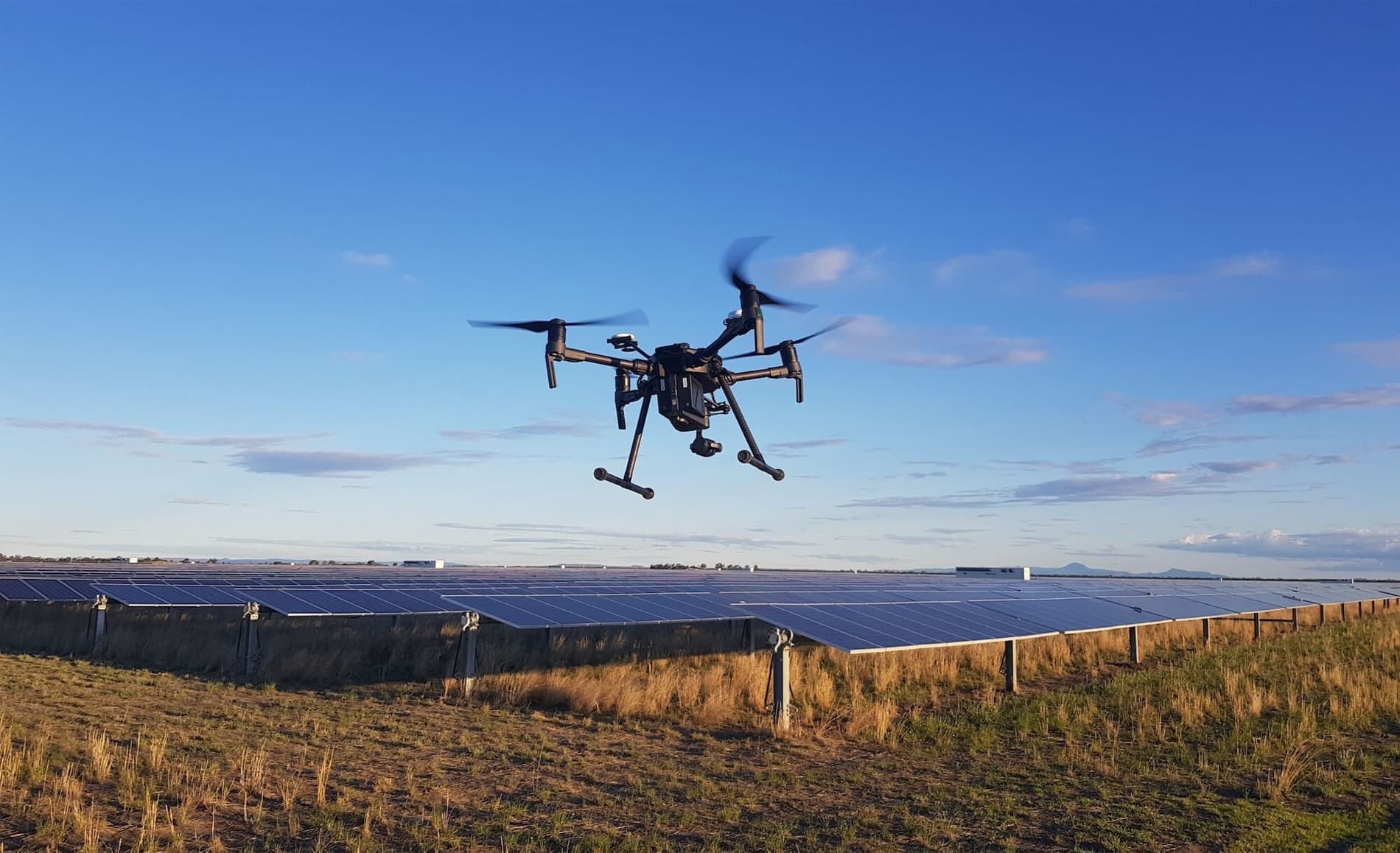
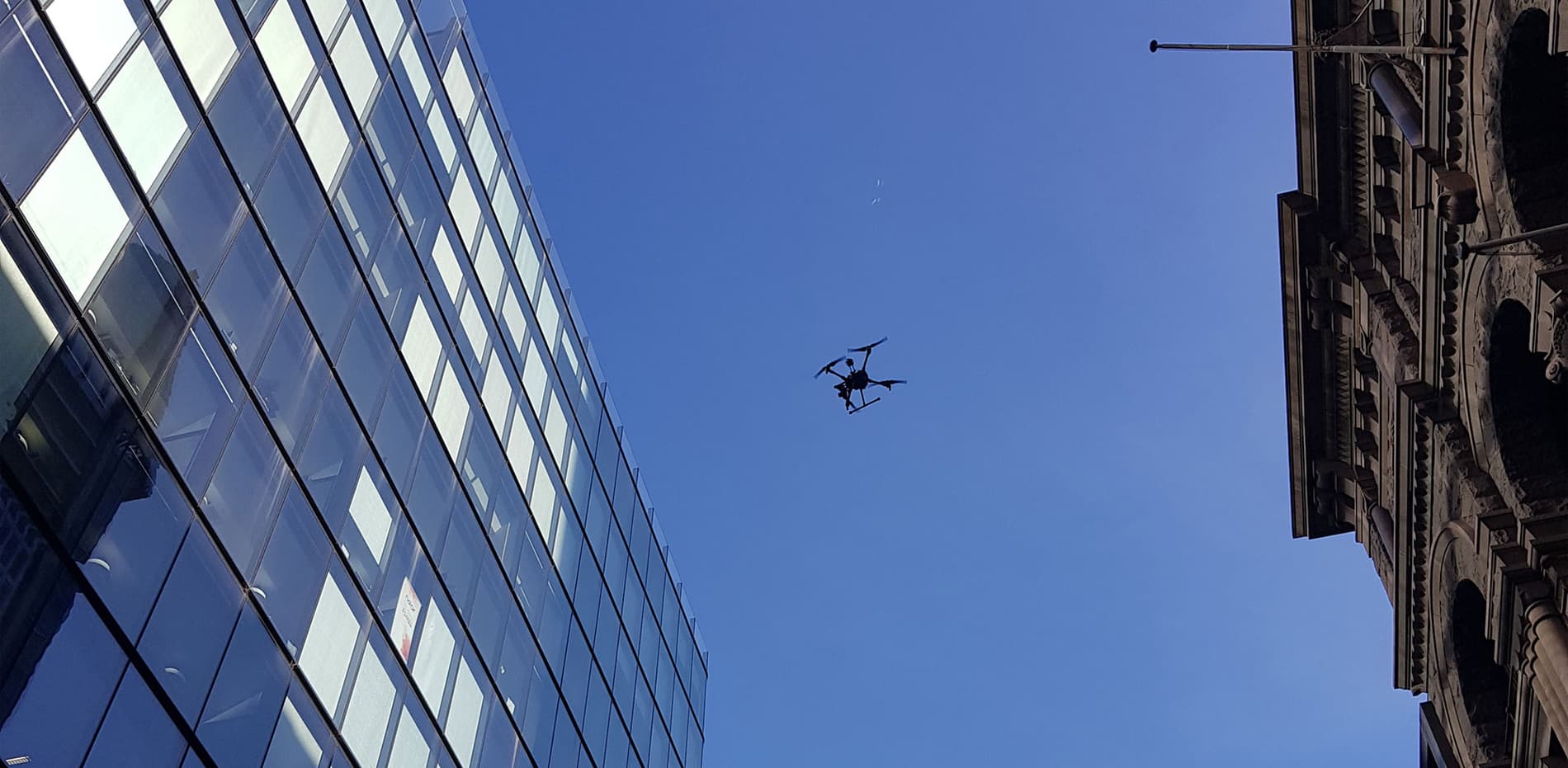
Remote Pilot Licence (RePL)
The certification obtained at the completion of your studies is now called a remote pilot licence (RePL). This can be conducted as a competency-based course, which is a mix of theory and practical training, conducted by an organisation that has basic RPAS training operations approved on its Unmanned Operator’s Certificate.
This training is integrated and the theory component covers material which is relevant to the operation of the Drone/RPAS. It also covers everything you need to know about manned aviation, such as how to identify airports and controlled airspace, as well as introducing aviation maps and charts.
At National Drones Institute we offer both paths, however, unless you already hold a private pilot licence or higher, our recommendation would be to complete the integrated course as it will save you time and is specifically tailored to operating a drone.
You can read about the RPA operator’s certificate (ReOC) here – RPA operator’s certificate
Remote Pilot Licence – Previous Aviation Experience
One of the major things to learn and digest when starting to operate a drone for commercial purpose, or as a hobbyist – is where manned aircraft are likely to be operating. This includes aircraft such as passenger carrying aircraft which operate from major international airports, right through to emergency services helicopters which may be operating in and out of hospital helipads and light aircraft which will operate from general aviation aerodromes.
For this reason if you have any prior aviation experience such as a pass in an aviation licence theory examination CASA recognise that you will have the ability to understand aviation maps and charts as well as interpret some of the legislative requirements. Therefore if you have completed an aeronautical knowledge examination under what is called Part 61 (Part 61 is CASR part 61 and covers flight crew licensing for manned aviation) then you have a head start.
To qualify for the Remote Pilot Licence if you have passed an aviation licence theory examination or hold, or have held a flight crew licence or air traffic control licence then the additional requirements which you must cover are
- A training course in the manual or automated operation of the category of RPA which you propose to operate. Category in this case means multi-rotor, fixed wing or rotary wing and of the weight class of RPA/UAV which you propose to operate.
- You must obtain 5 hours of flight time on the RPA/UAV under Standard Operating Conditions. Standard RPA/UAV Operating conditions are
1. The UAV is operated within visual line of sight of the person operating the Drone/RPA
2. The RPA/UAV must be operated below 400 feet above ground level by day
3. The RPA/UAV is not operated within 30 metres of a person who is not directly associated with the operation of the RPA/UAV.
4. The RPA/UAV is not operated in a prohibited area or Restricted area unless approved
5. The RPA/UAV is not operated over a populous area
6. The RPA/UAV is not operated within 3 nautical miles of the movement area of an aerodrome which has an air traffic control service
7. The RPA/UAV is not operated where any kind of fire, police, public safety or emergency operation is being conducted unless approved by the person in charge of the operation
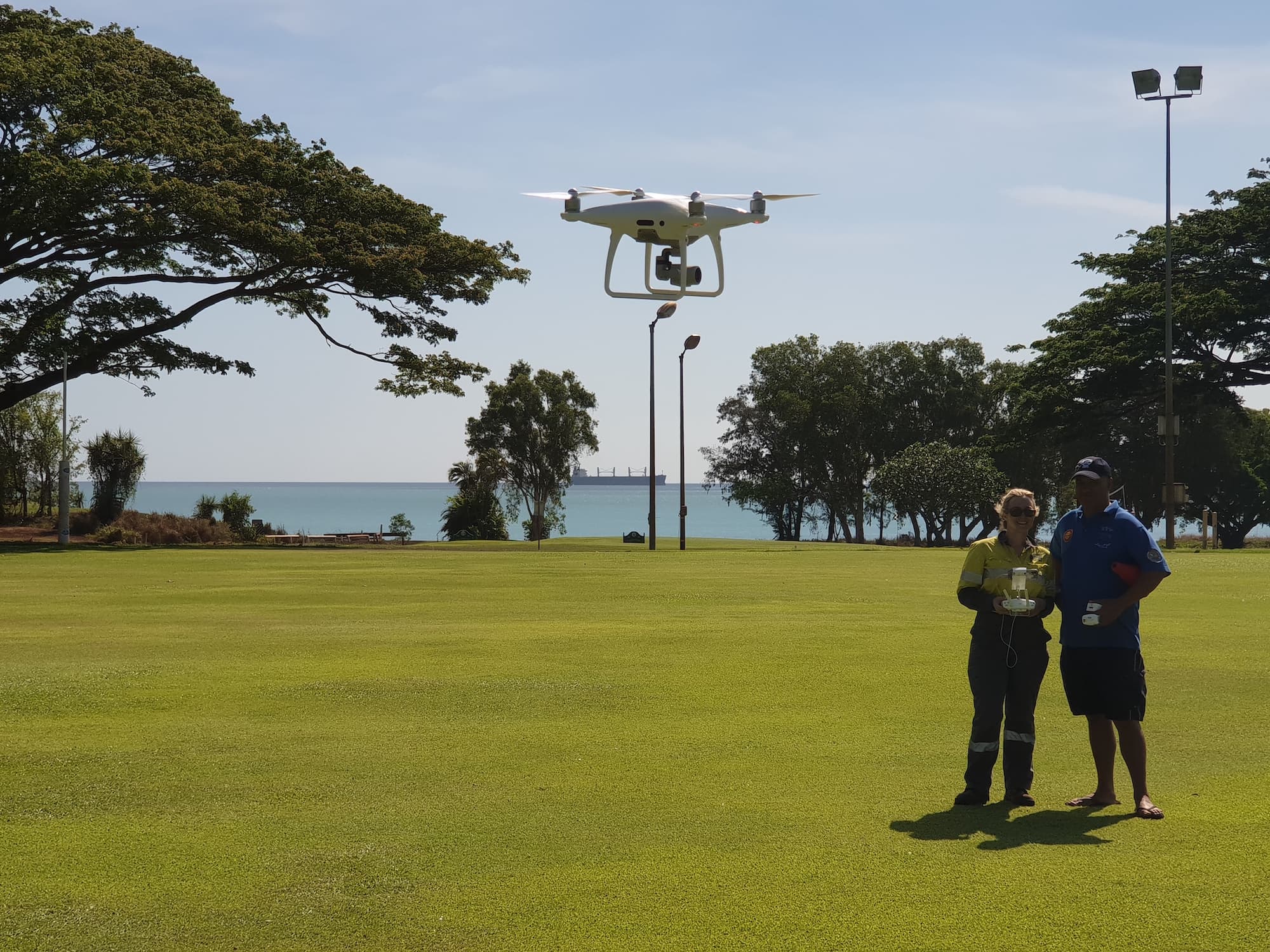
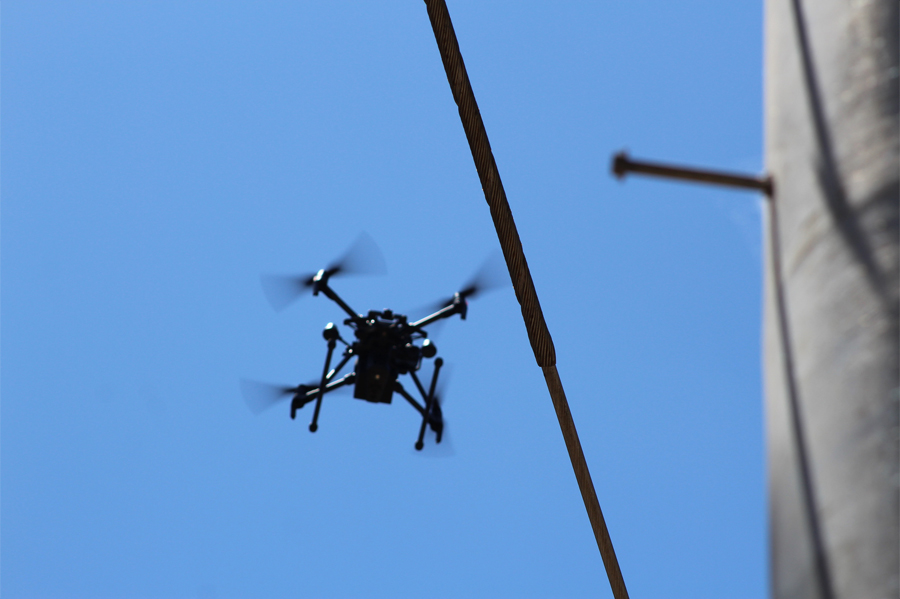
Remote Pilot Licence – No Prior Experience
The second method of obtaining your Remote Pilot Licence (RePL) is a competency-based course, which is a mix of theory and practical training, conducted in house by Fly UAS as we are an organization that has basic RPAS training operations approved on our RPA Operator Certificate
This training is integrated and the theory component covers material which is relevant to the operation of the RPA/Drone. It covers everything you need to know about manned aviation, such as how to identify airports and controlled airspace, as well as introducing aviation maps and charts. The air legislation section of the course looks in depth at the rules and regulations for Drone/RPA use in Australia from licensing through to company operations manuals and risk assessments. During the systems and components subject you will learn about what makes the Drone or RPA work, how the electronics integrate together and how the ground control software works.
We show you how to plan autonomous way-point missions safely, and efficiently. In this subject you will also learn about battery technology and how to safely handle, store and charge your lithium polymer batteries to obtain the most life from your investment. In meteorology you will learn about localised weather patterns as well as potential hazards which could hinder safe Drone operations. Lastly in Human Factors we cover the potential Human Errors that are likely to be encountered such as physical hands on manipulation of the drone to personality and decision making. All of this combined will give you the tools required to become a safe Remote Pilot.
At Fly UAS we can offer the integrated course or the type training for people who have passed an aviation licence theory examination. Unless you already hold a private pilots licence or higher, our recommendation would be to complete the integrated course as it will save you time and is specifically tailored to operating a Drone/Remotely Piloted Aircraft.
Keep in mind that by obtaining your Remote Pilot Licence (RePL) you may not necessarily be able to operate commercially, as you will need to be operating underneath someone who holds an RPA operators certificate (Formally known as a UAV Operator Certificate), or you will need to obtain a RPA operators certificate (ReOC) from the Civil Aviation Safety Authority.
You can read about the RPA Operator’s Certificate here – RPA operator’s certificate